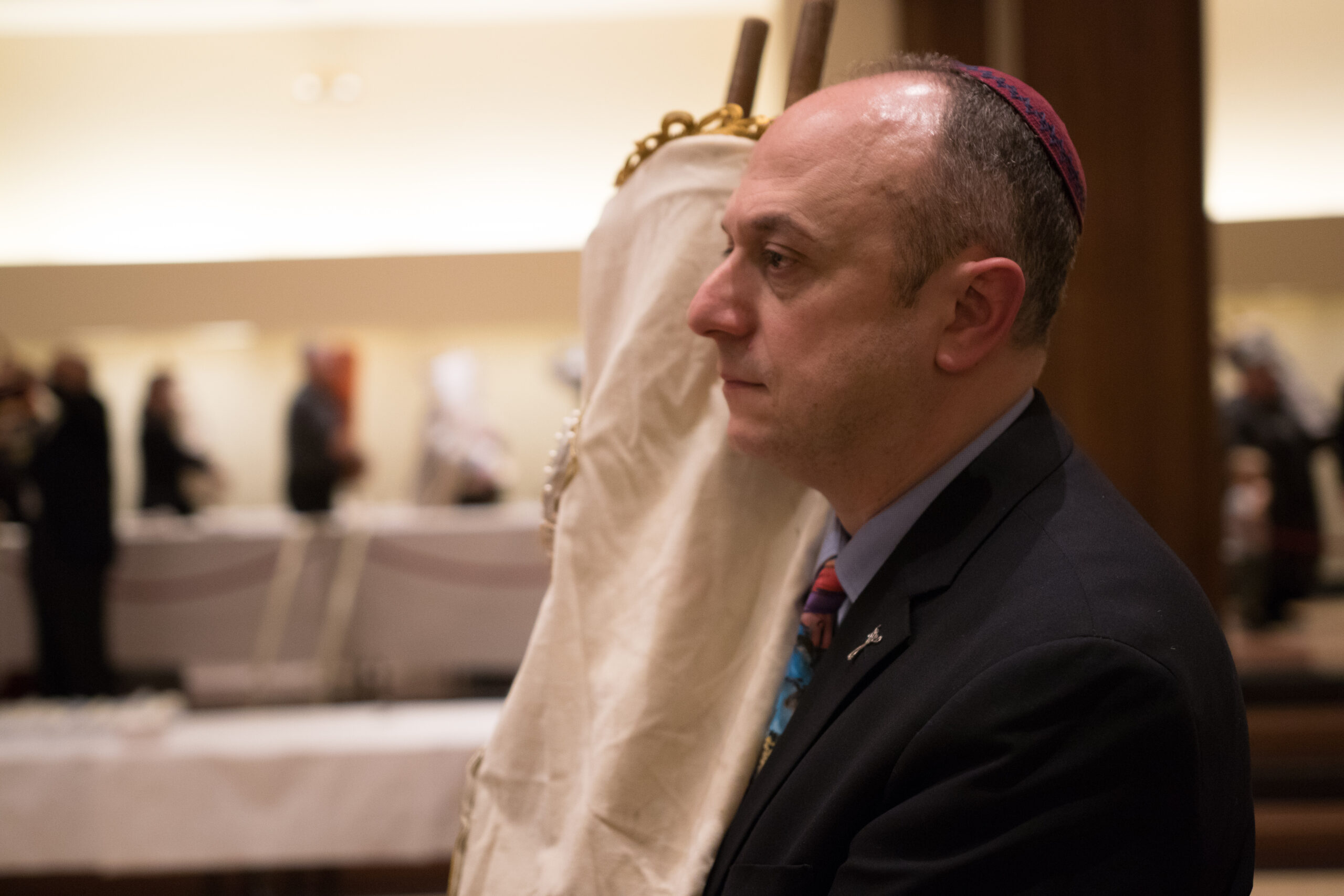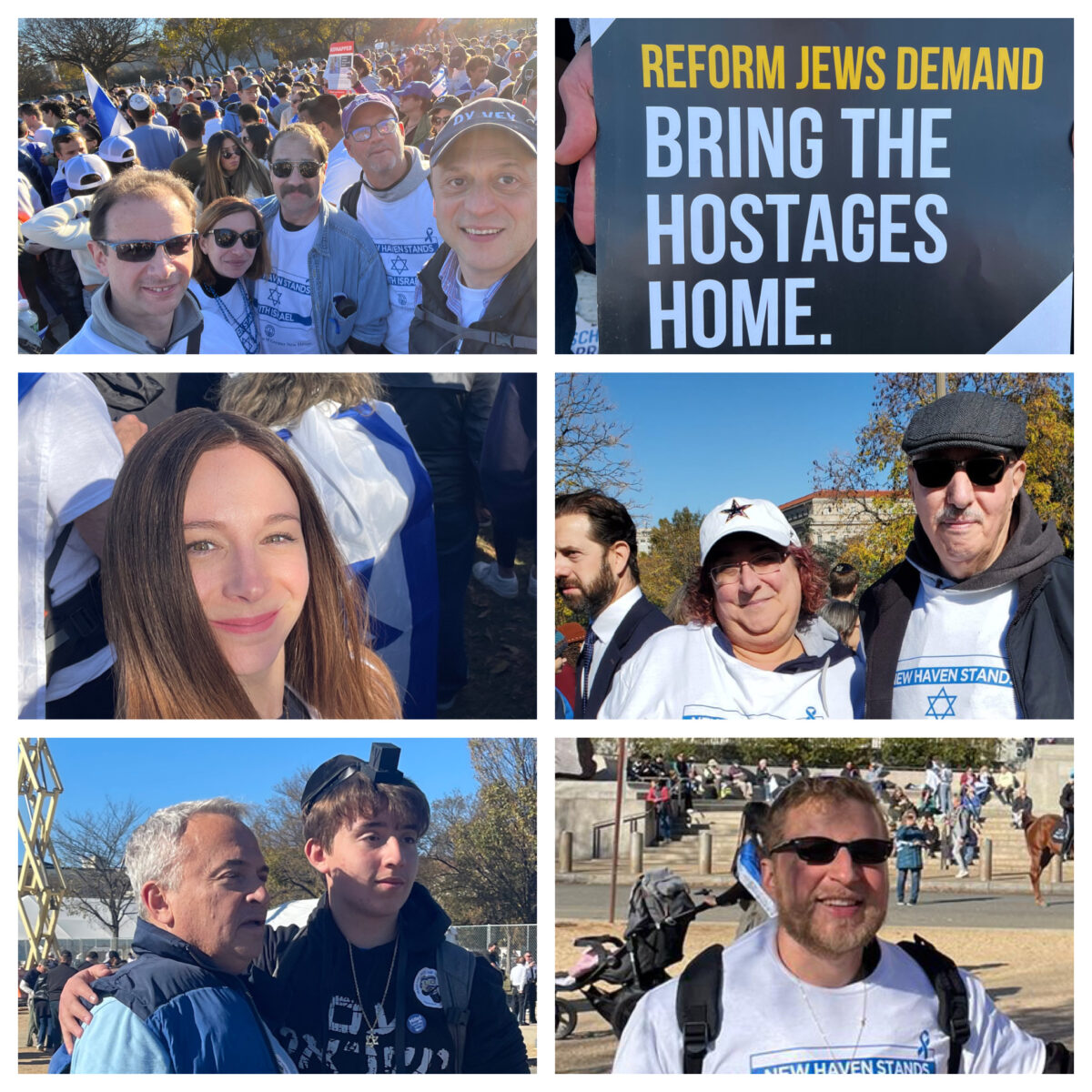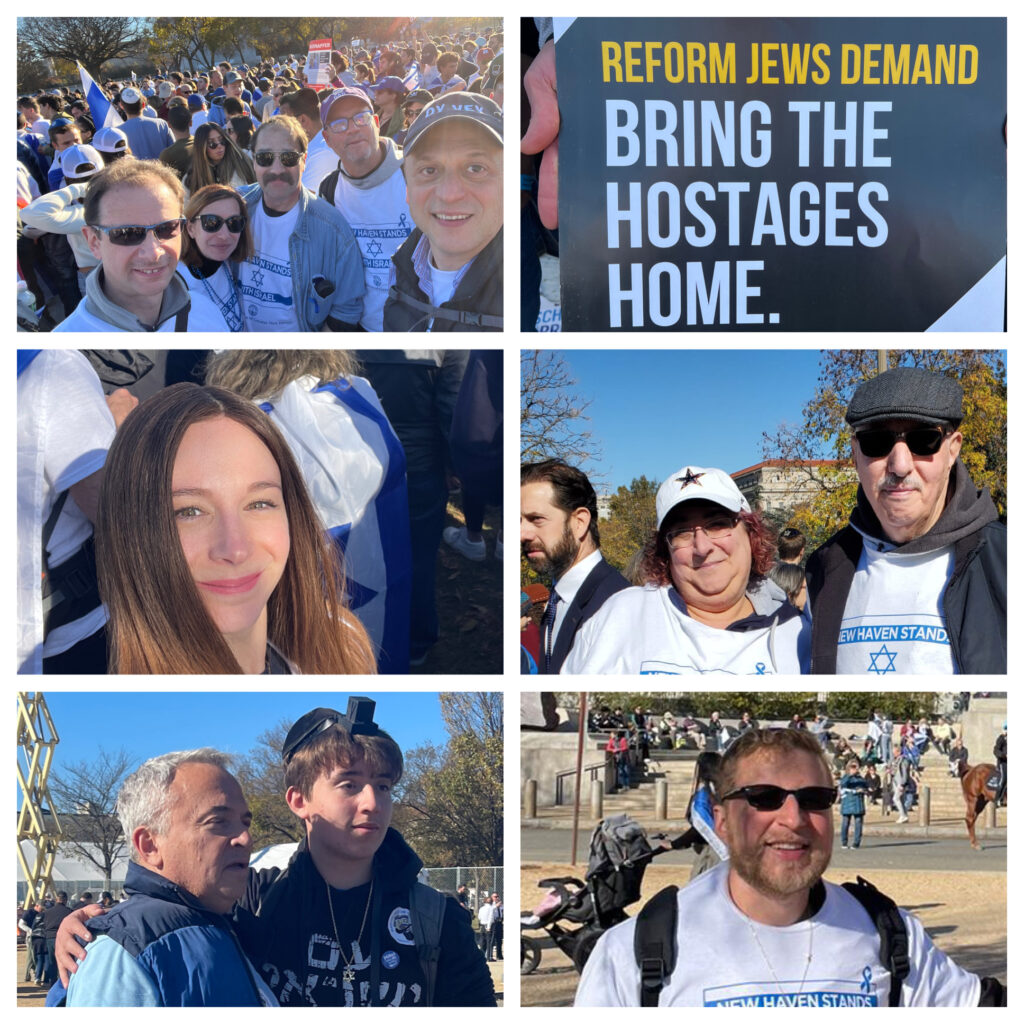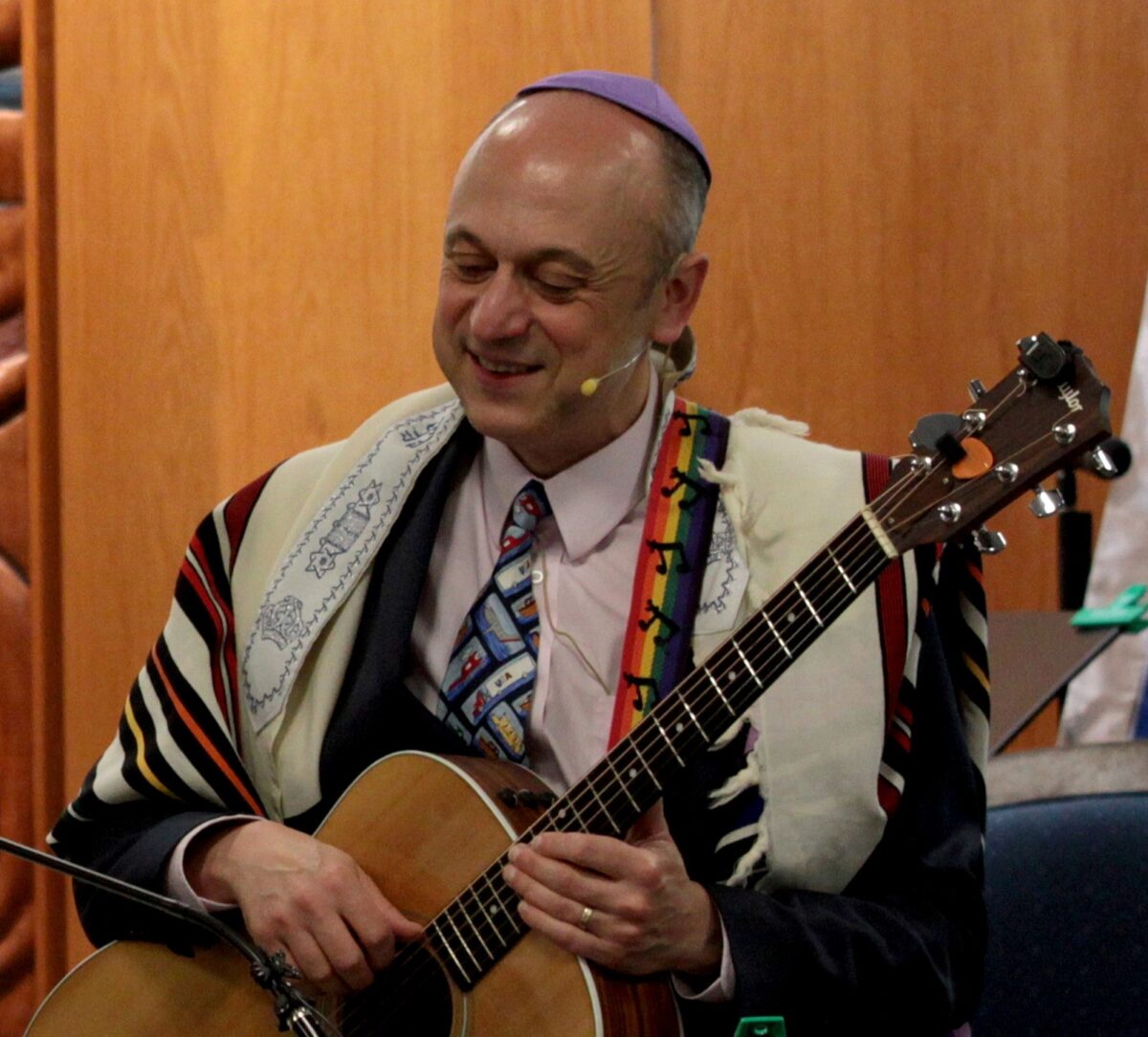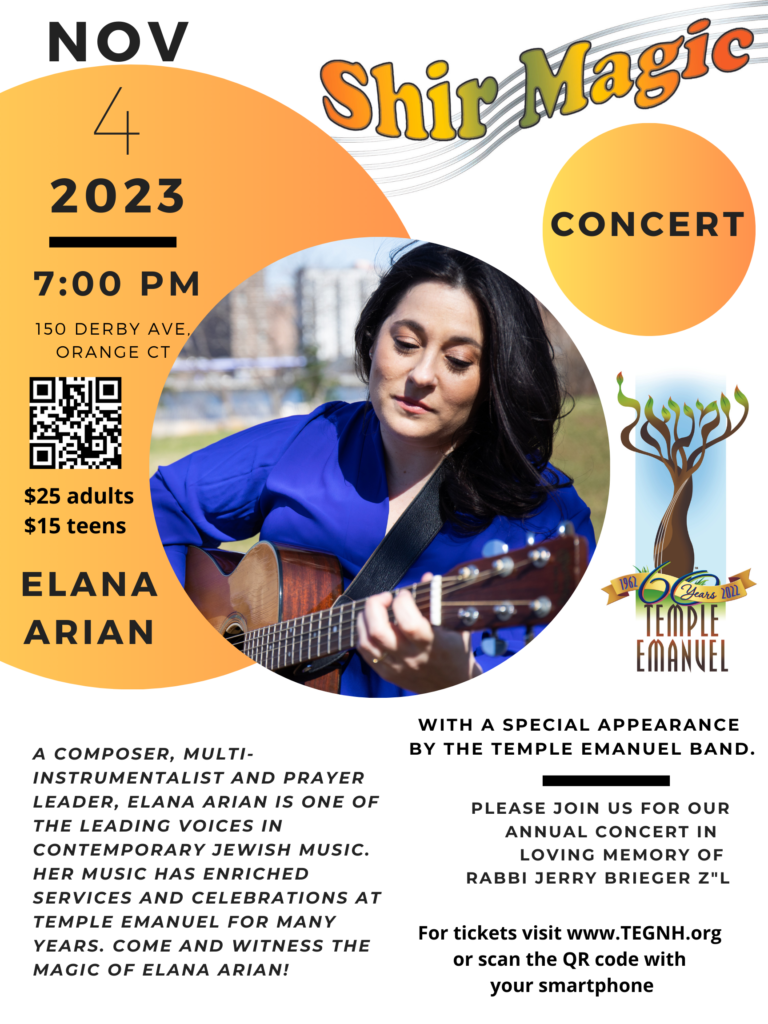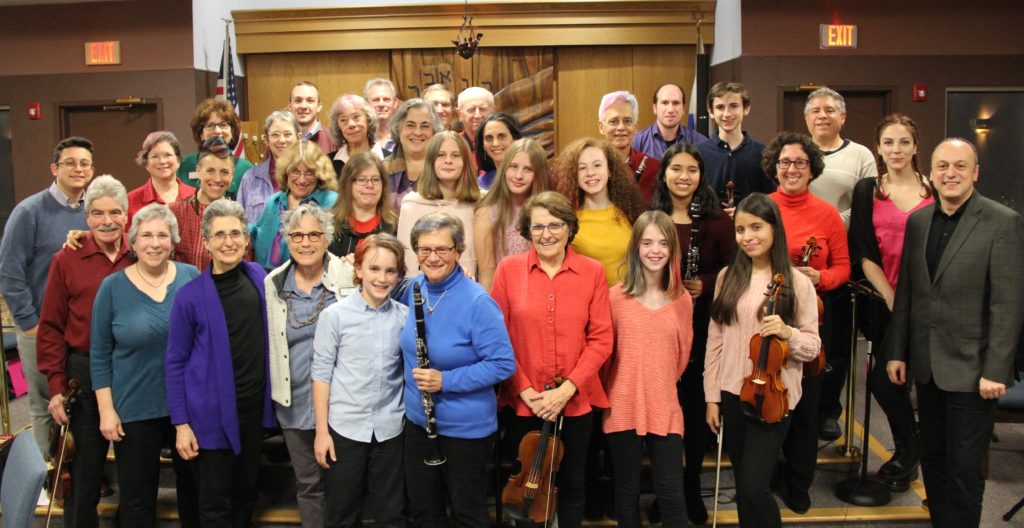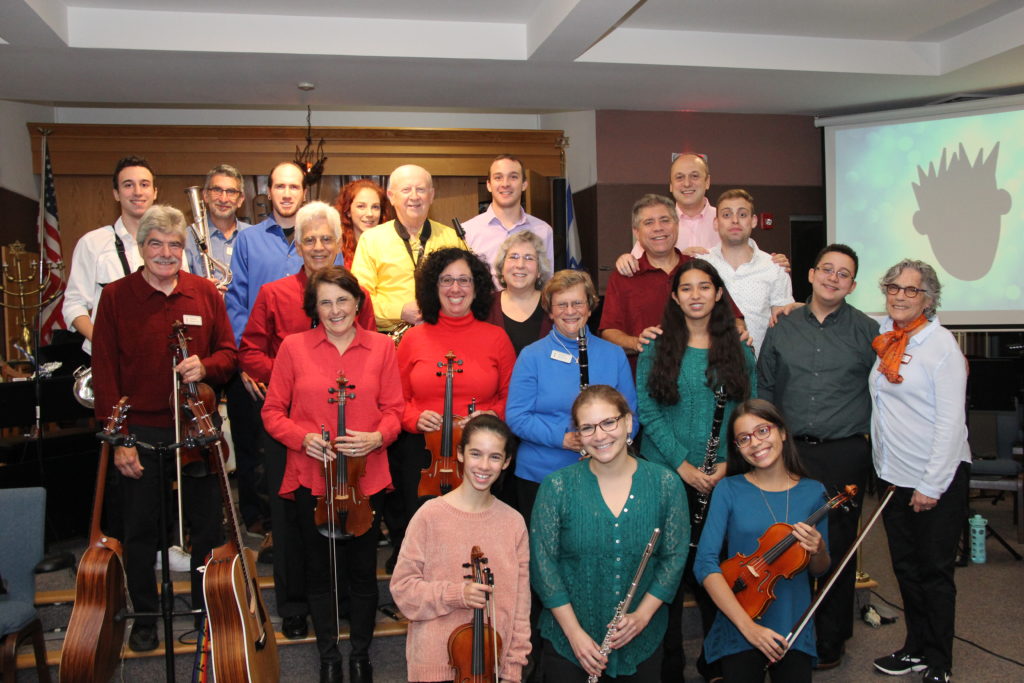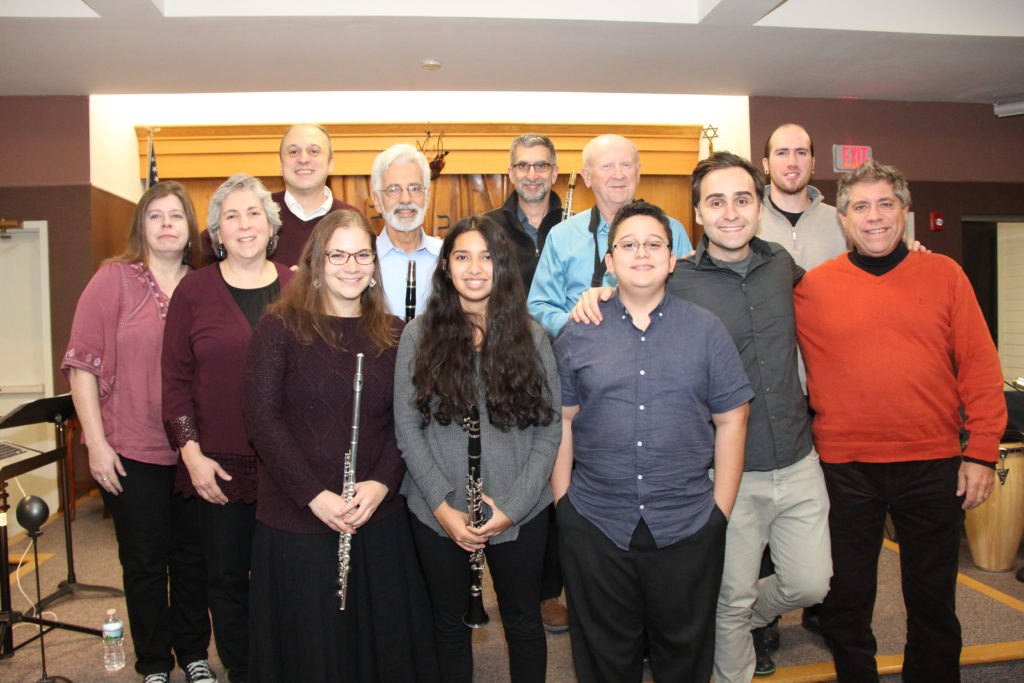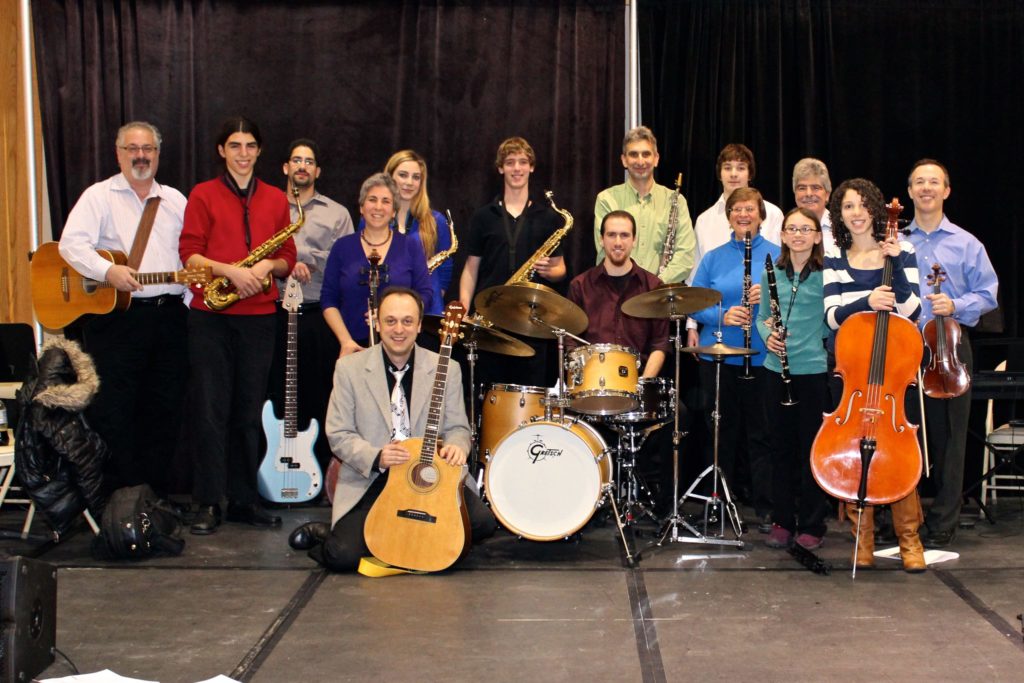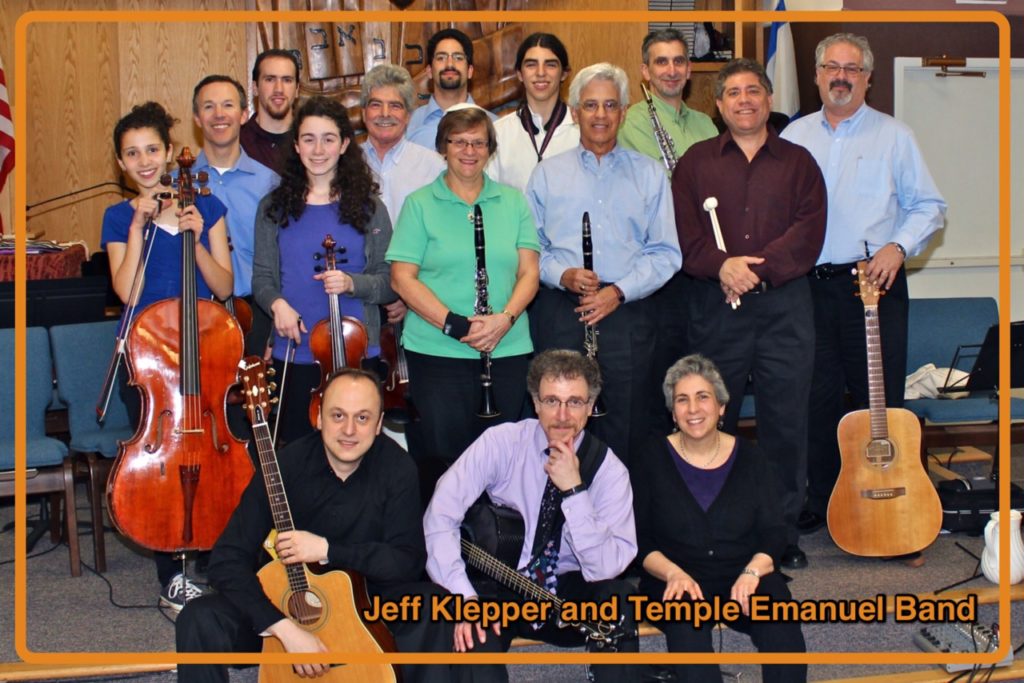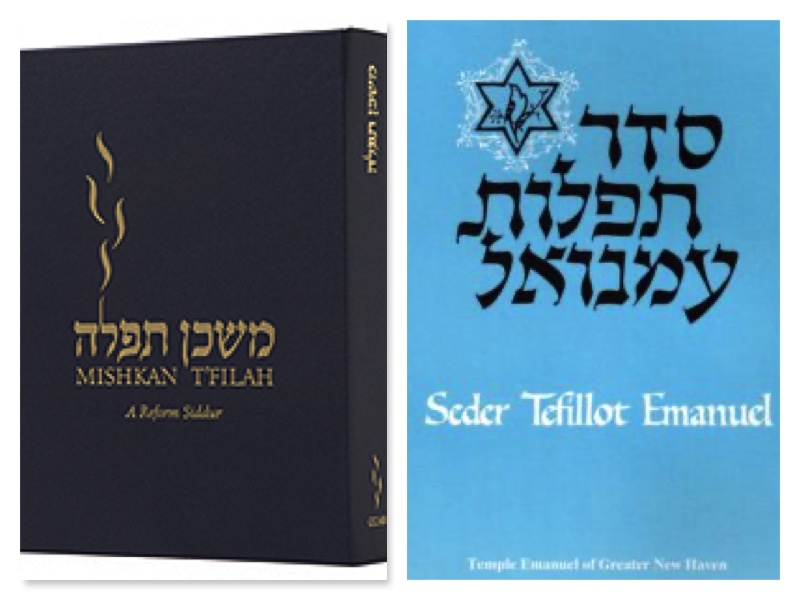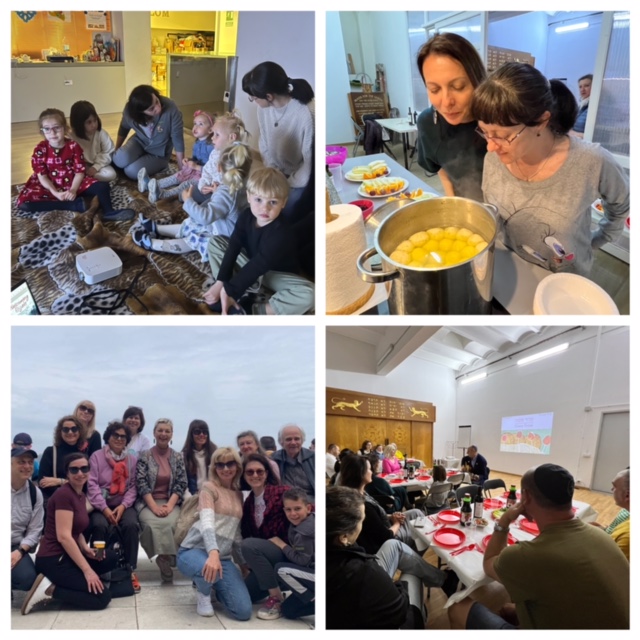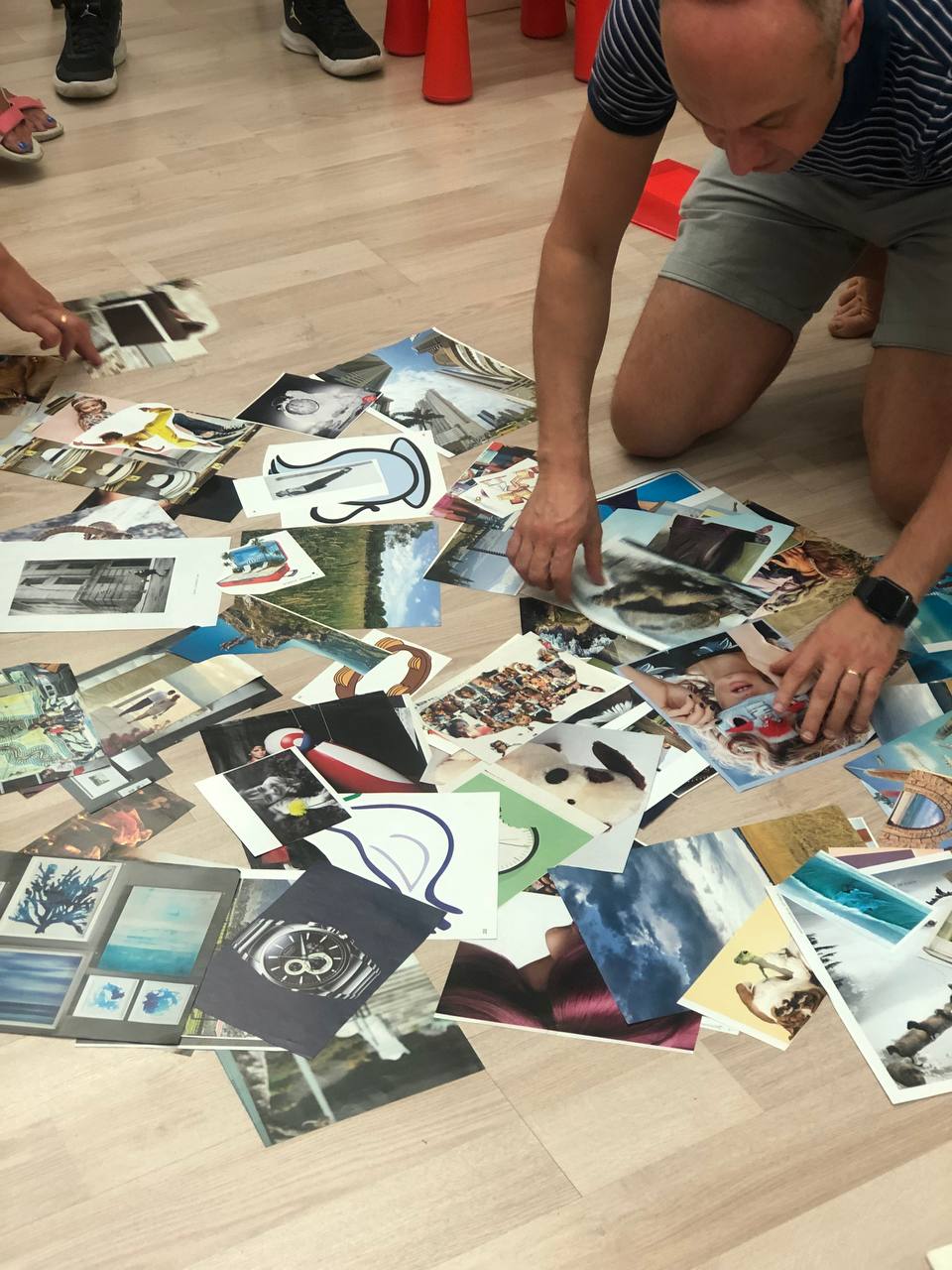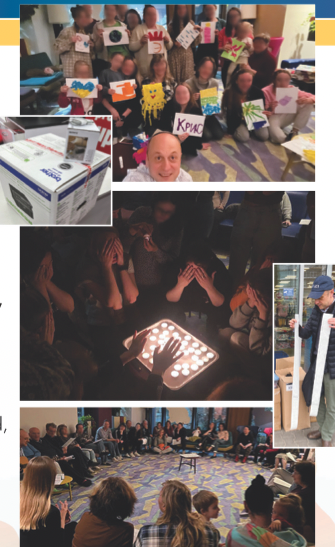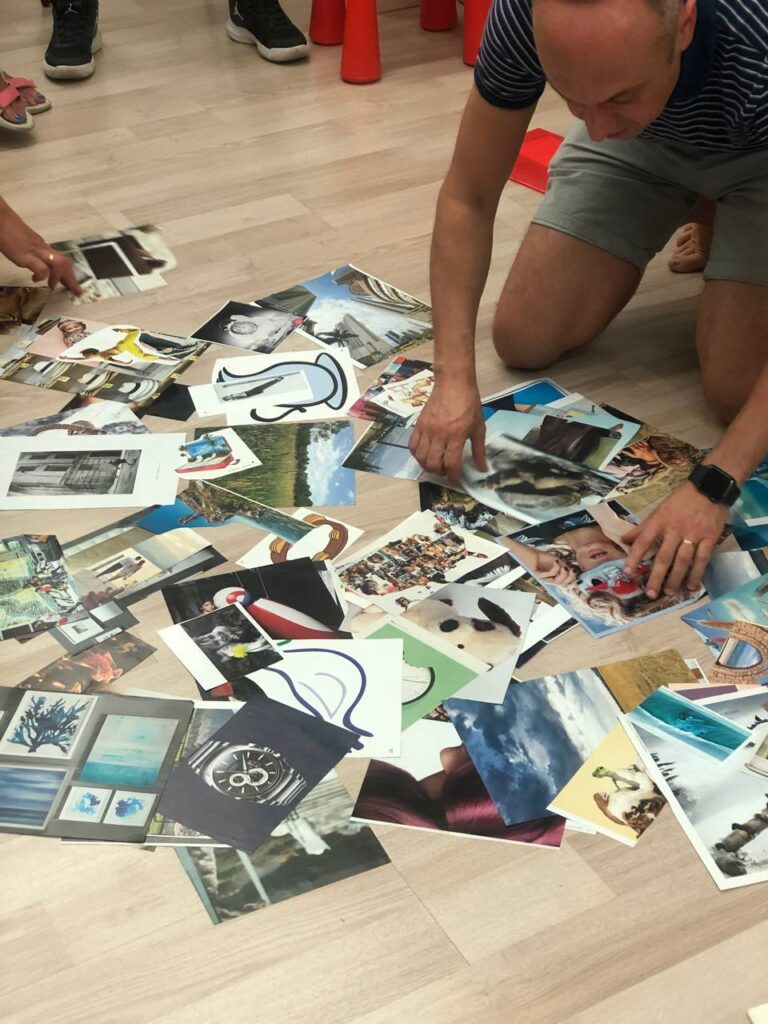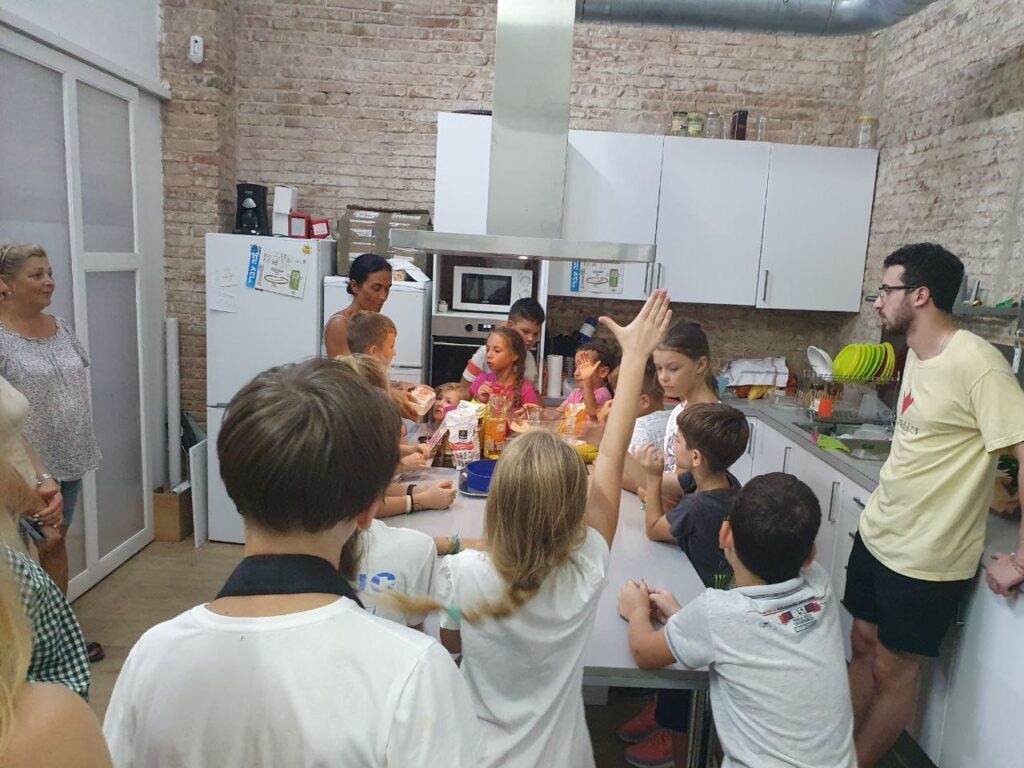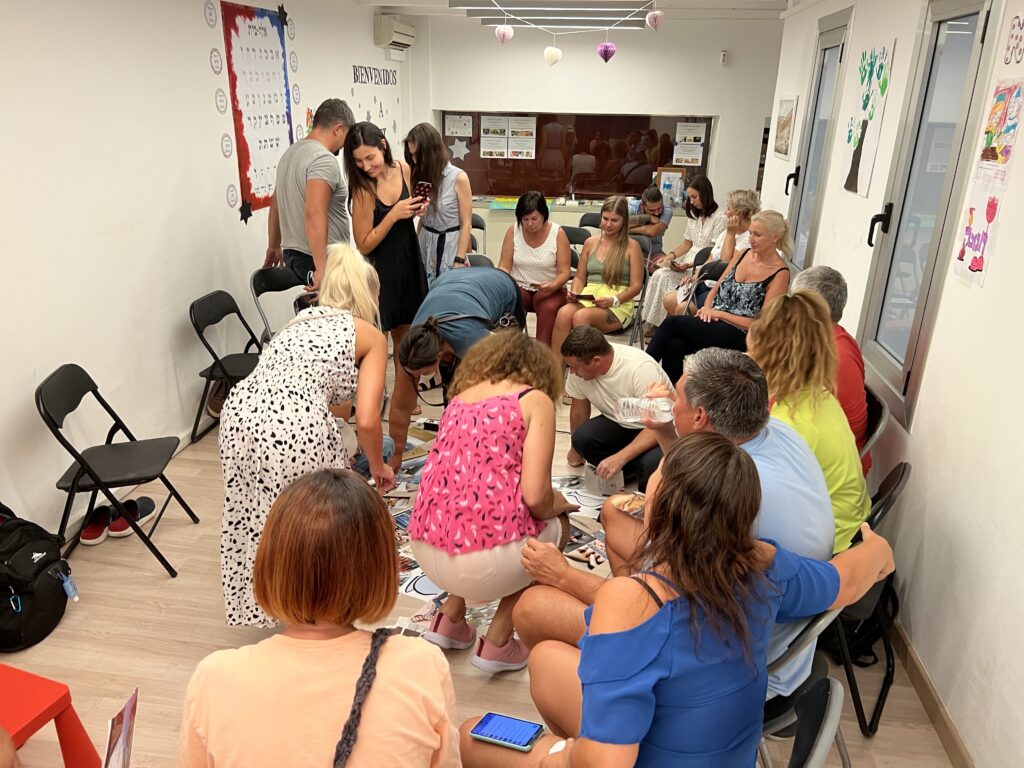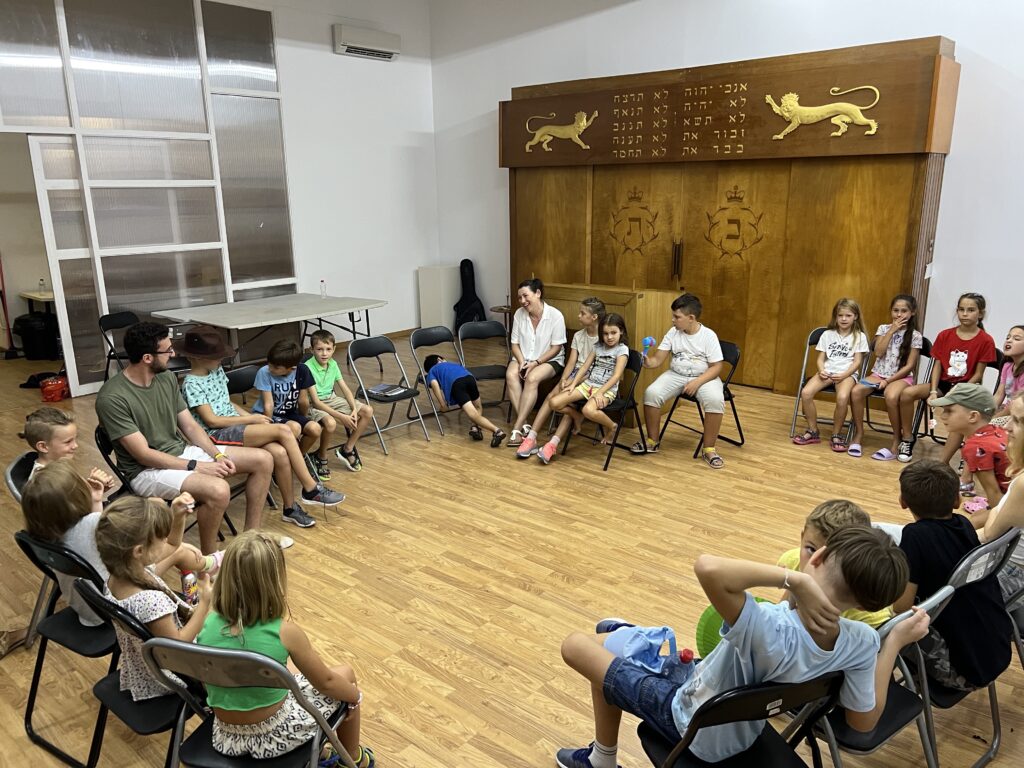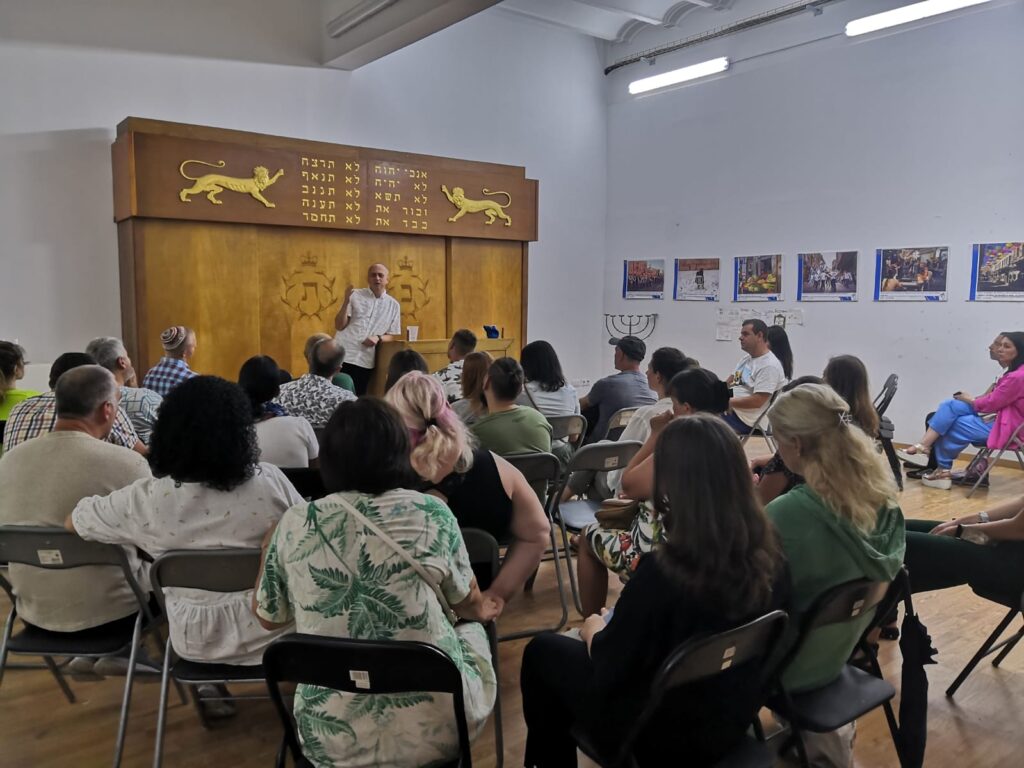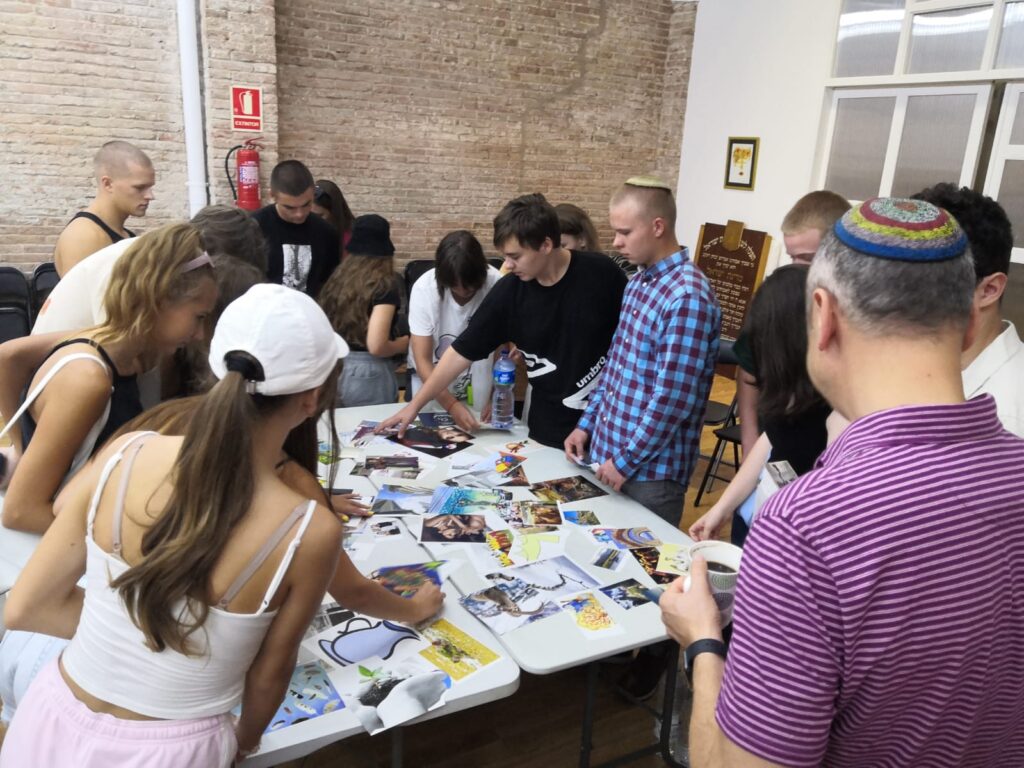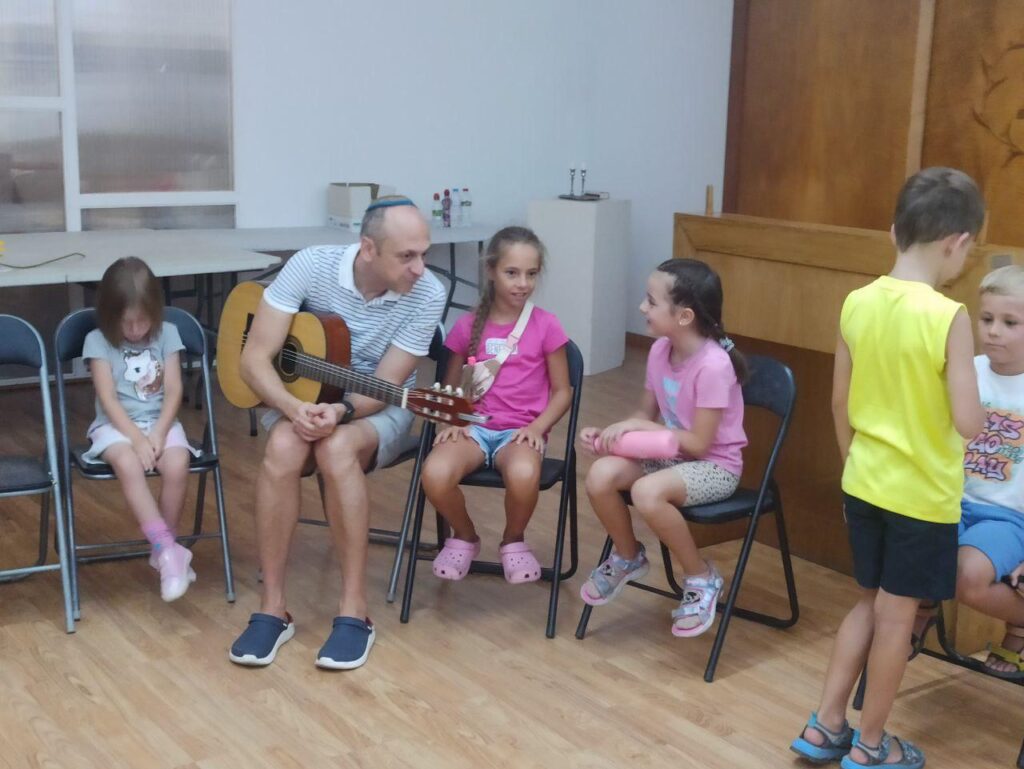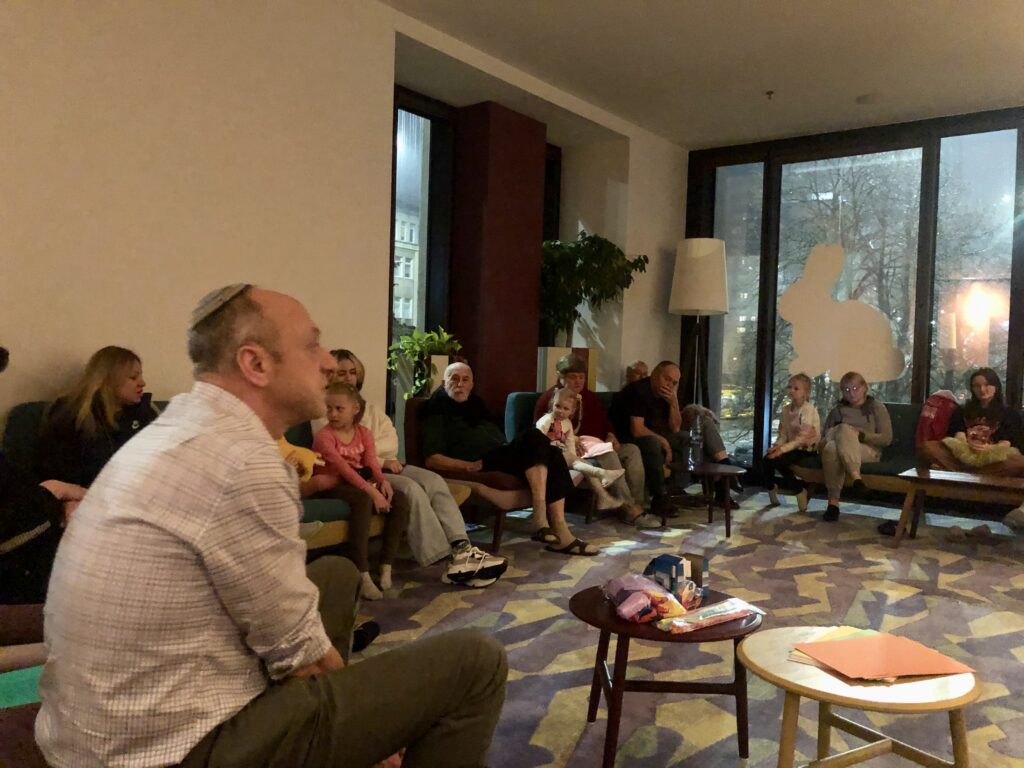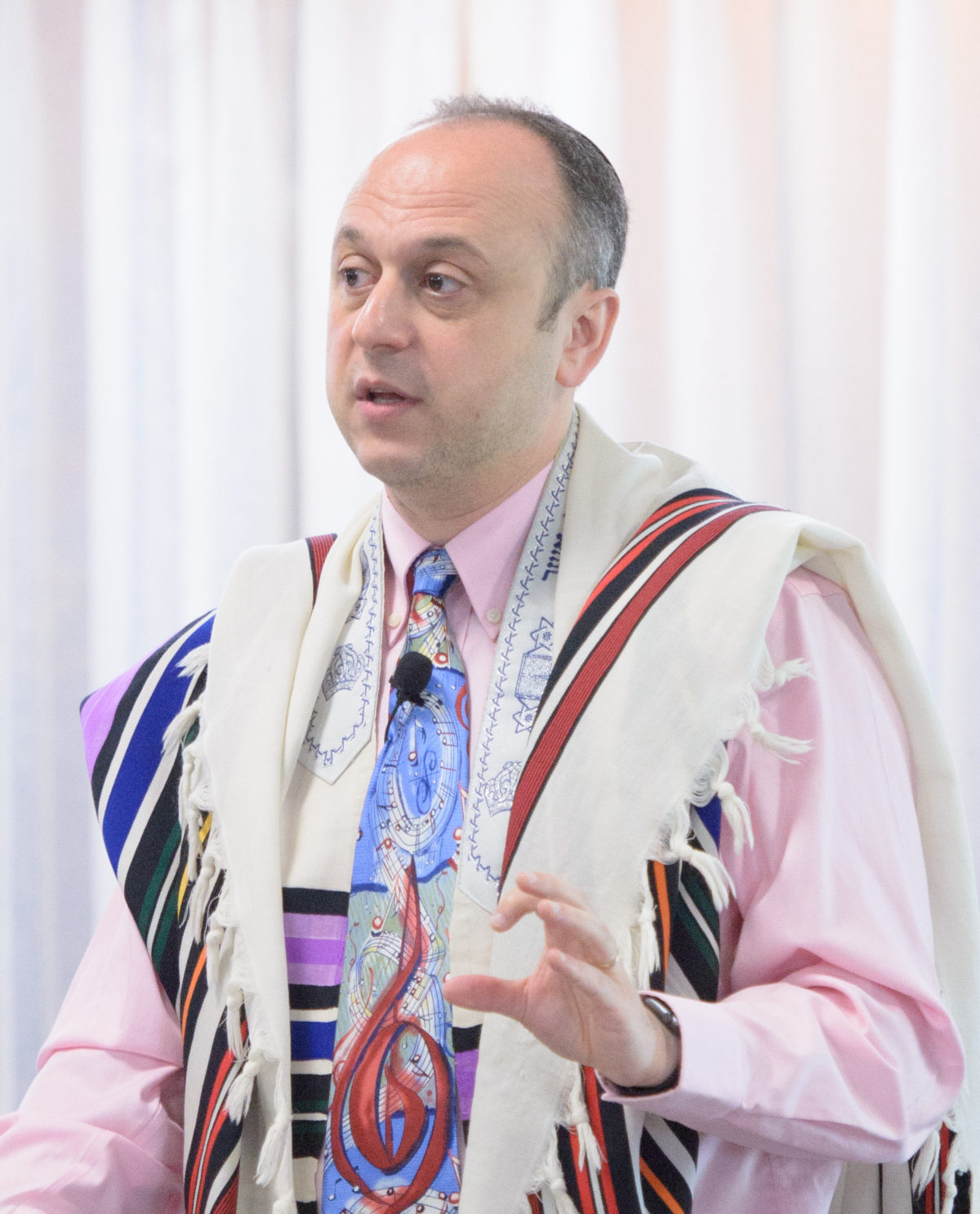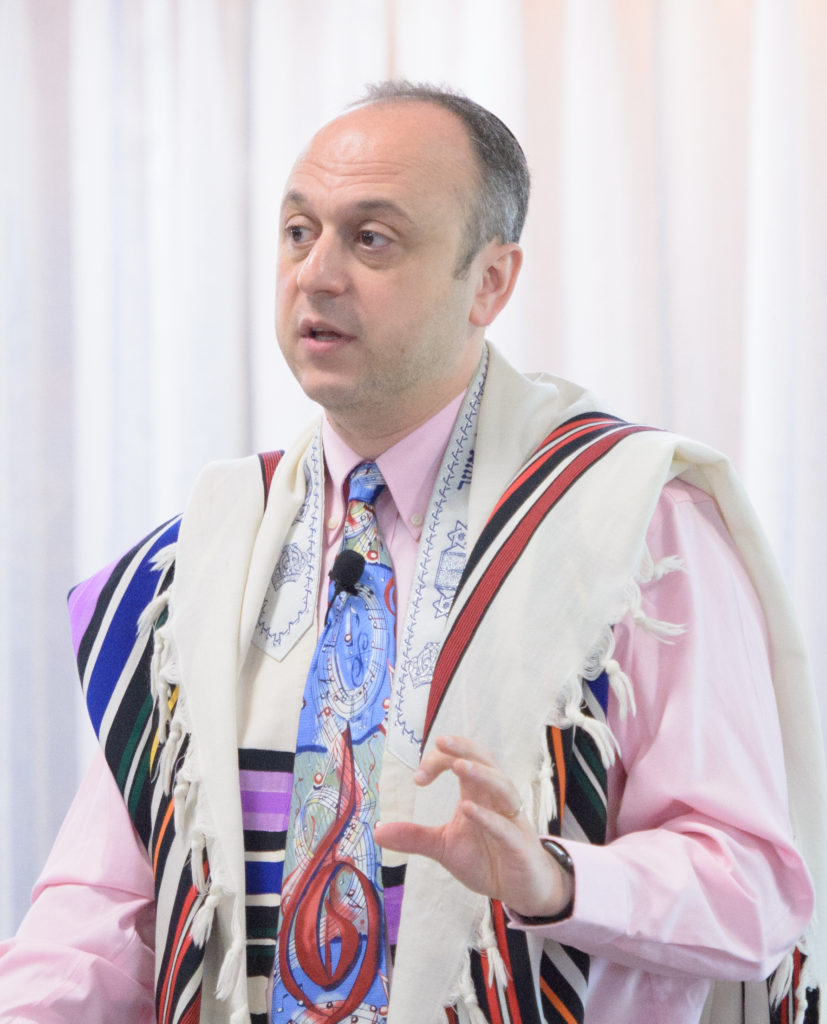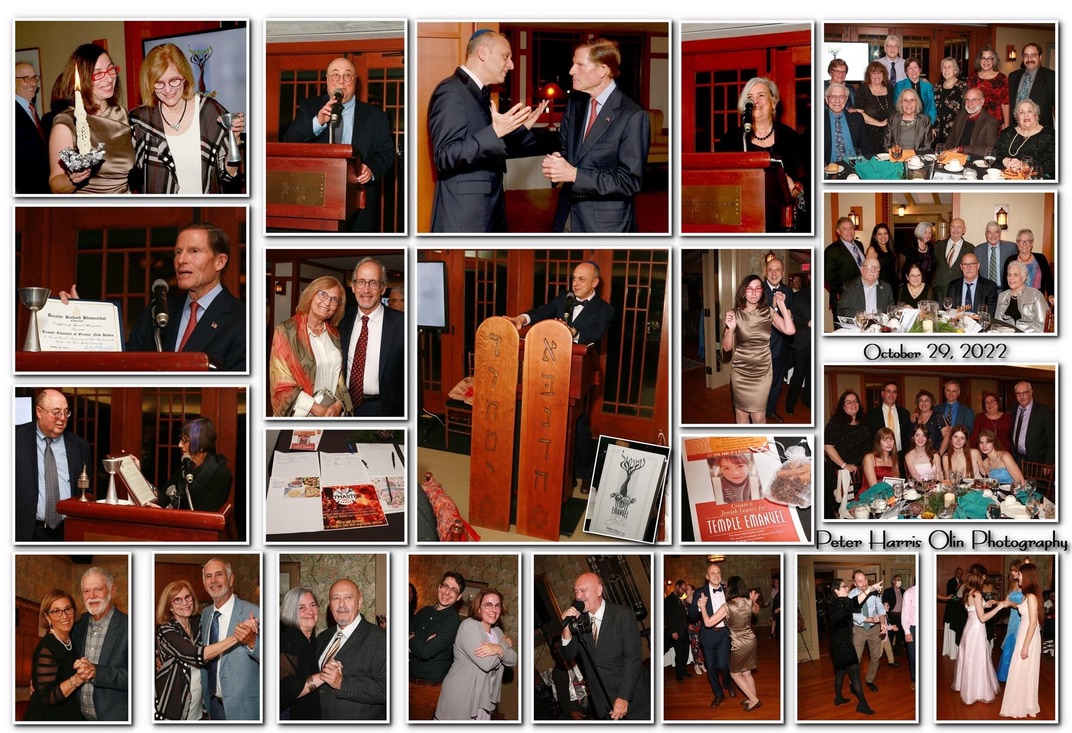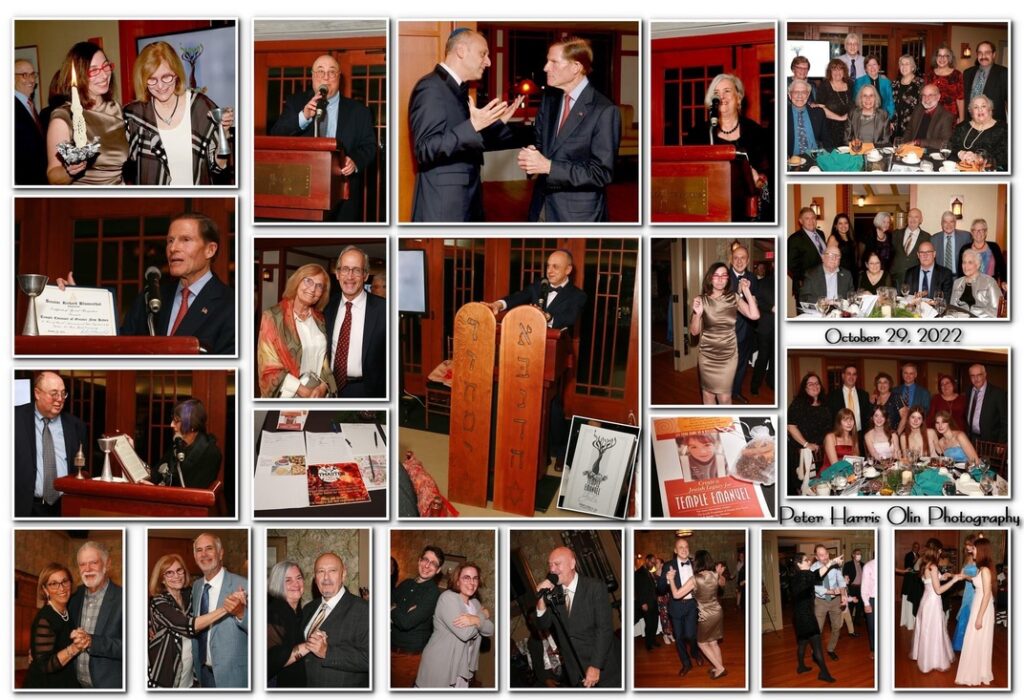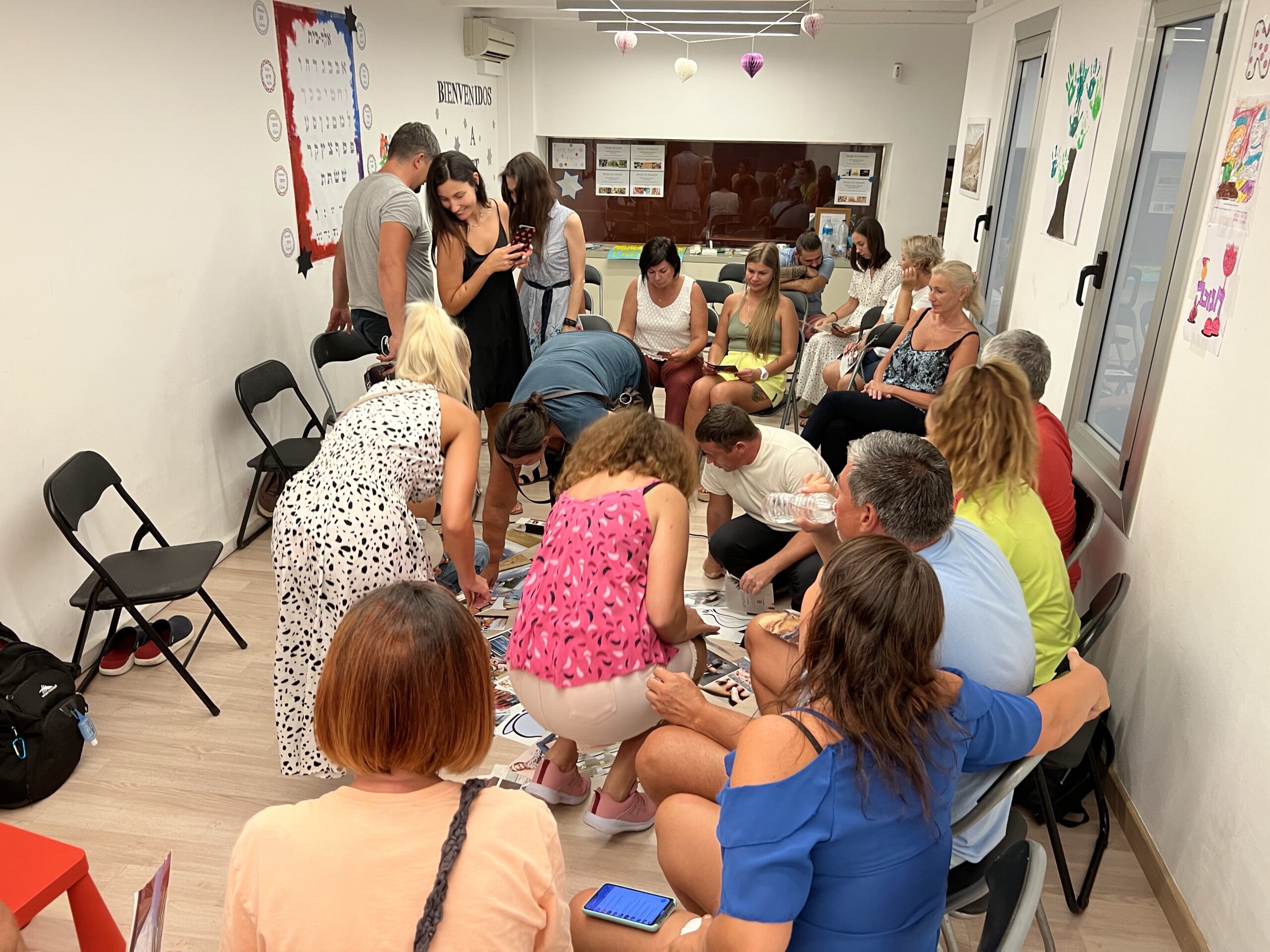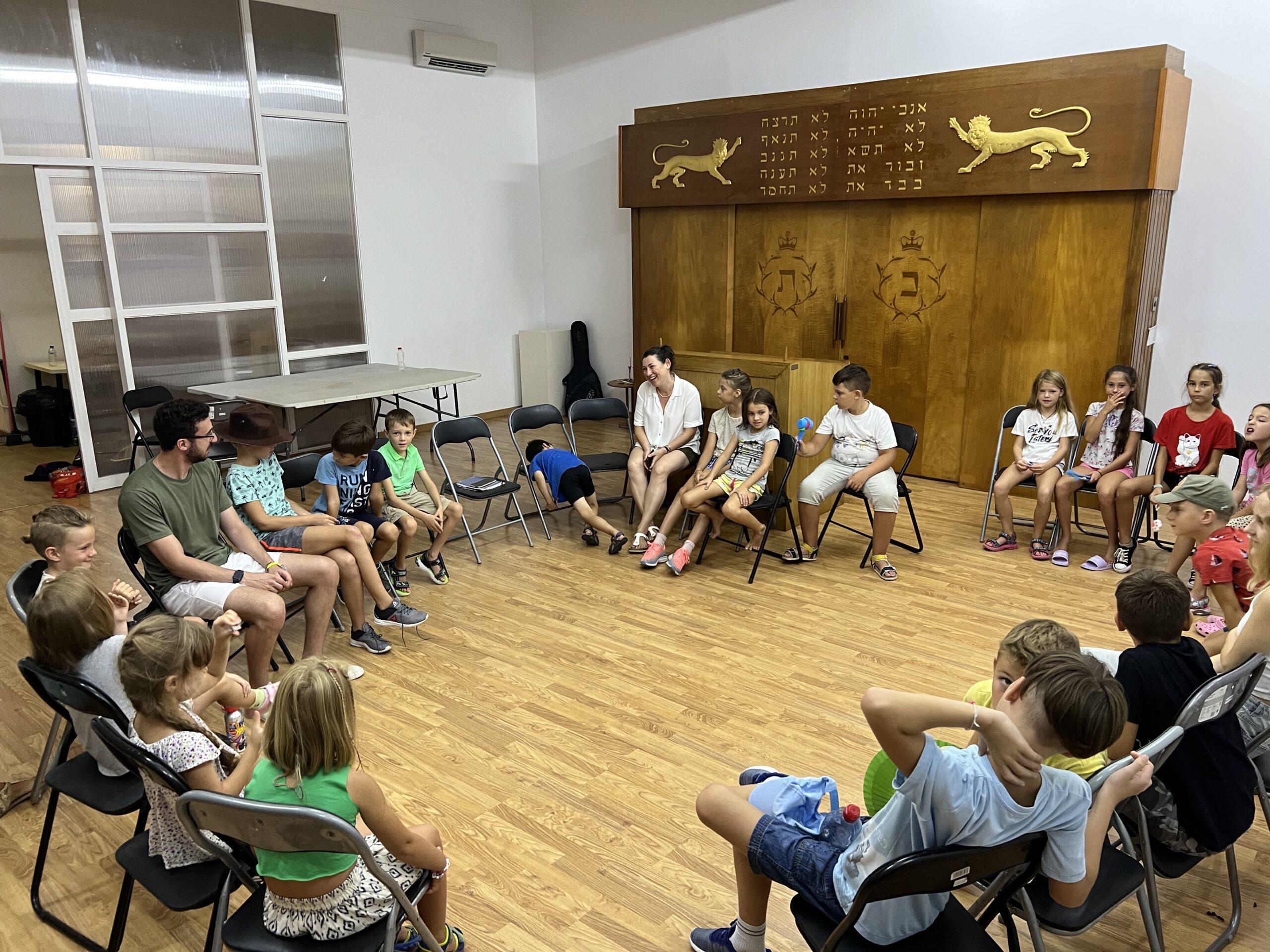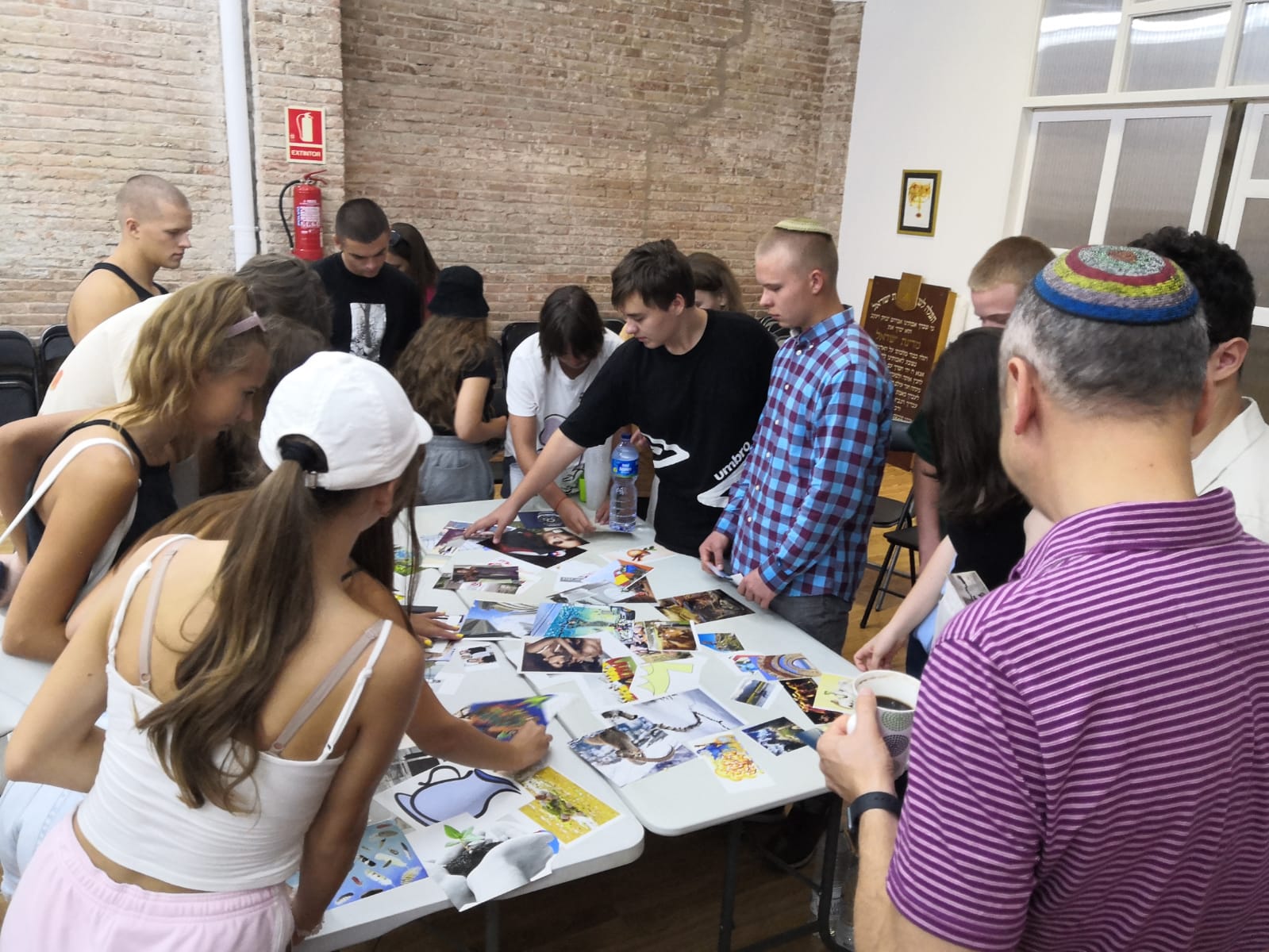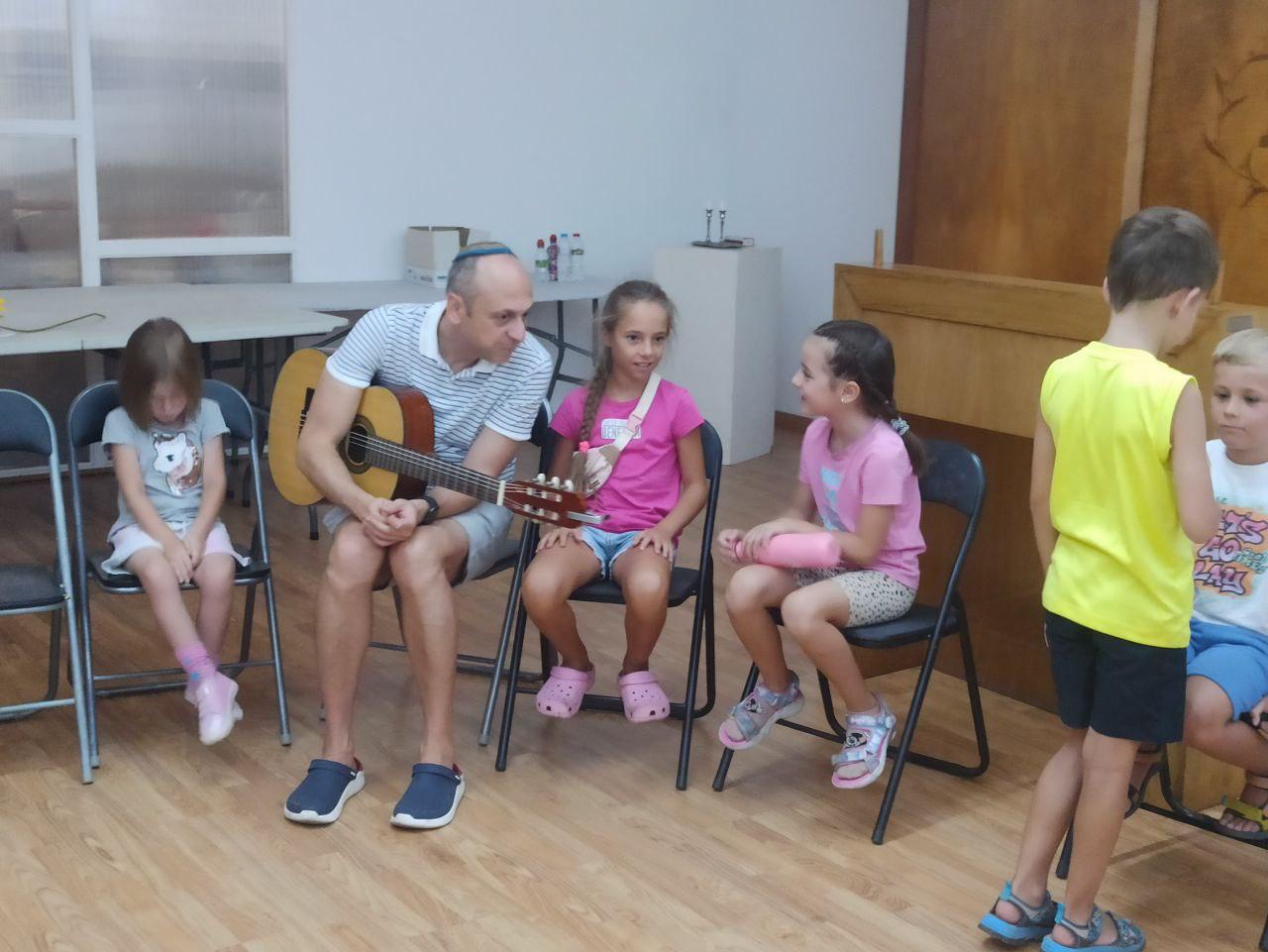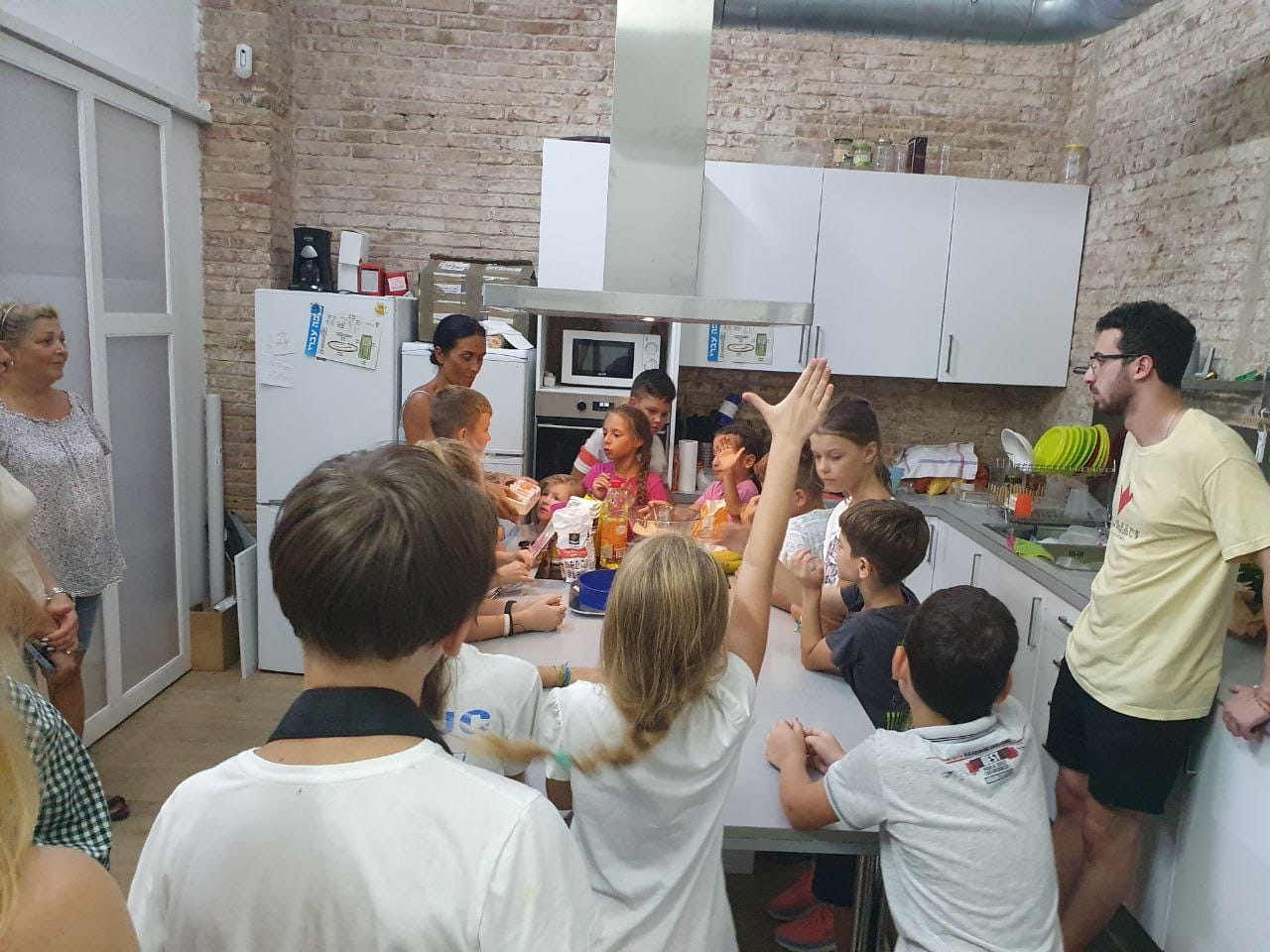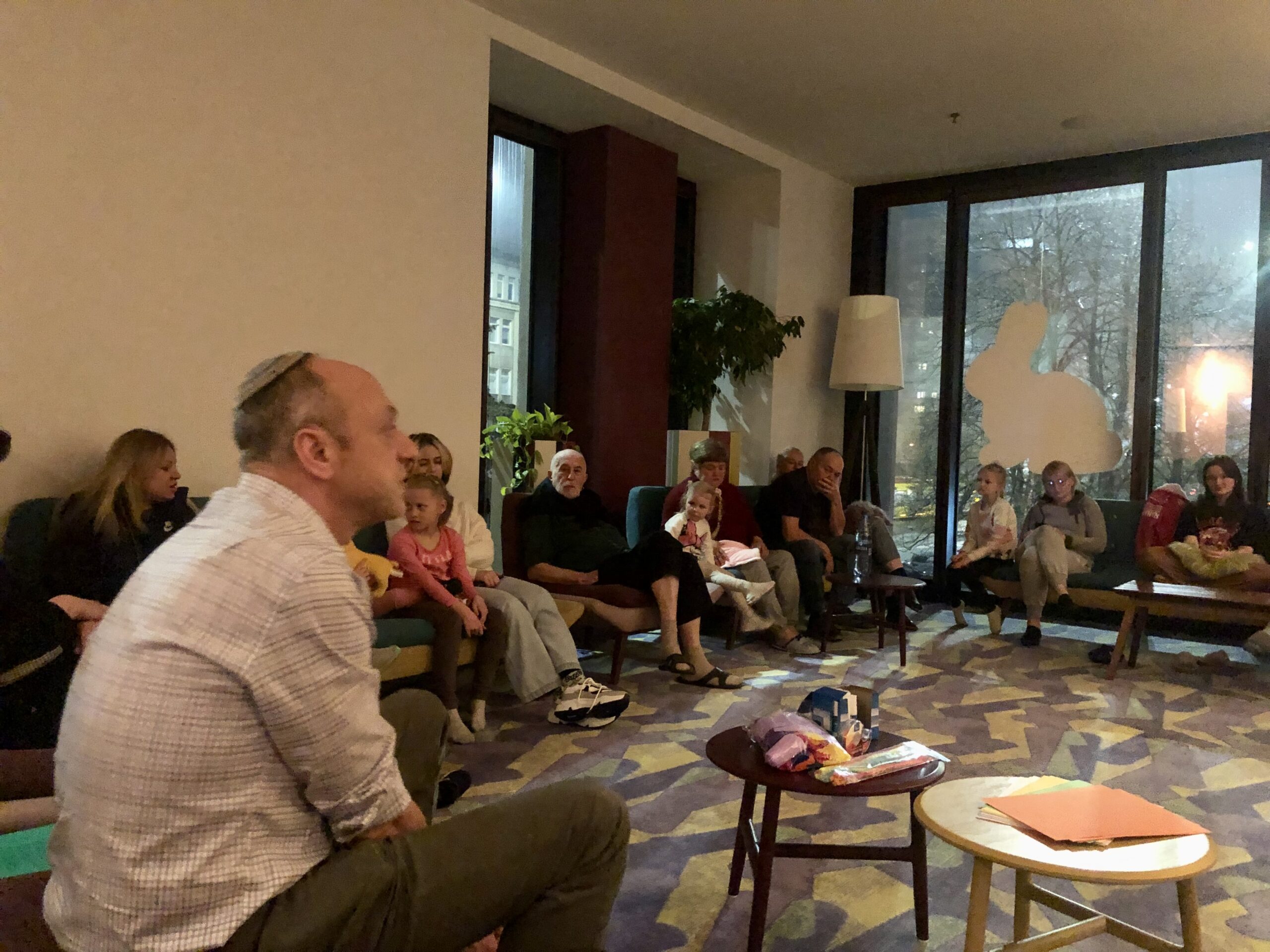As we approach the fourth anniversary of the Covid 19 lockdown and as we look back at the last four years, it is easy to be overwhelmed by what we have all lived through, what we have learned to live with (and, perhaps more importantly, what we have learned to live without) and what challenges we faced. It has taken us all some time to begin to return to ‘normalcy,’ both in our personal lives and especially in our communal lives. We have been back in our sanctuary and our building in person for a while now, even as we continue to live stream our services and events, making sure everyone has access to much of what we do as a community.
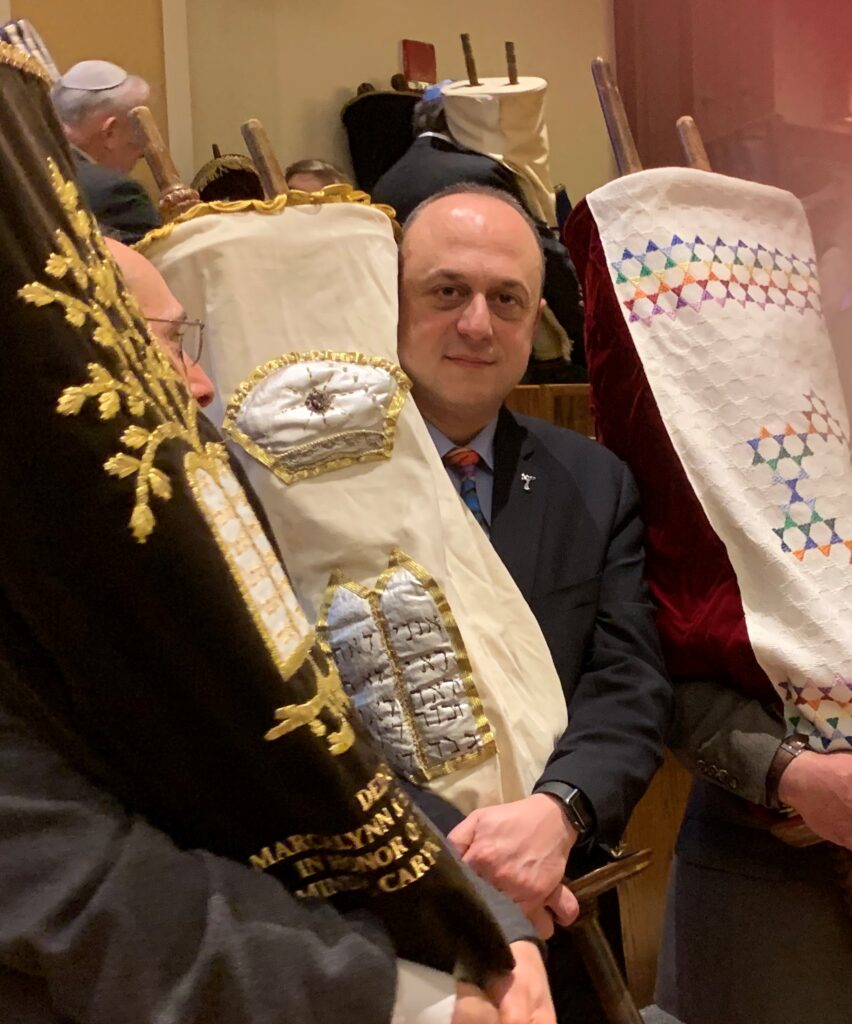
We had many exciting plans for this year, and were going to start working on some of them after the High Holy Days— but events of October 7th have stunned us all into a painful and anxious new reality. Every special occasion, every festival, every Shabbat comes with a dilemma: how can I find joy in traditional observances when there’s so much pain and suffering? Chanukkah lights gave us hope, and helped to heal our broken hearts, at least a little—but now with Purim on the horizon, what will our celebrations look like? What stories will we tell at our Seder table this year? How many empty chairs will we have to leave at the table?
Five years ago, a group of TE members attended a special gathering of the Holocaust Memorial Torah scrolls in New York City, bringing the TE memorial scroll (back then housed in a display cabinet in our lobby) with us. It was a profoundly moving experience. As I held TE’s Holocaust Memorial Scroll #1178, and as I marched in a quiet procession of over 70 Czech memorial scrolls, I was overwhelmed by the fact that in my arms I held not only an incredible treasure of the Jewish people that was created and lovingly maintained by previous generations of Jews I did not know, but a scroll that belonged to the destroyed Jewish community of Horazdovice, a community that perished in the flames of the Holocaust. This was not just the Torah connecting me to the Jewish past. This was a moment to acknowledge, once again, that the future of this Torah’s Jewish community of Horazdovice was wiped out by the cruelty of hate and yet somehow, miraculously, the orphaned Torah has survived and found its way into the loving hands of our community, right here in Orange, CT. Scroll after scroll paraded through the room packed with over 800 people from some 80+ synagogues in the Tri-State area, honoring the painful past and celebrating the miraculous survival of Judaism. I will never forget this moment and this feeling.
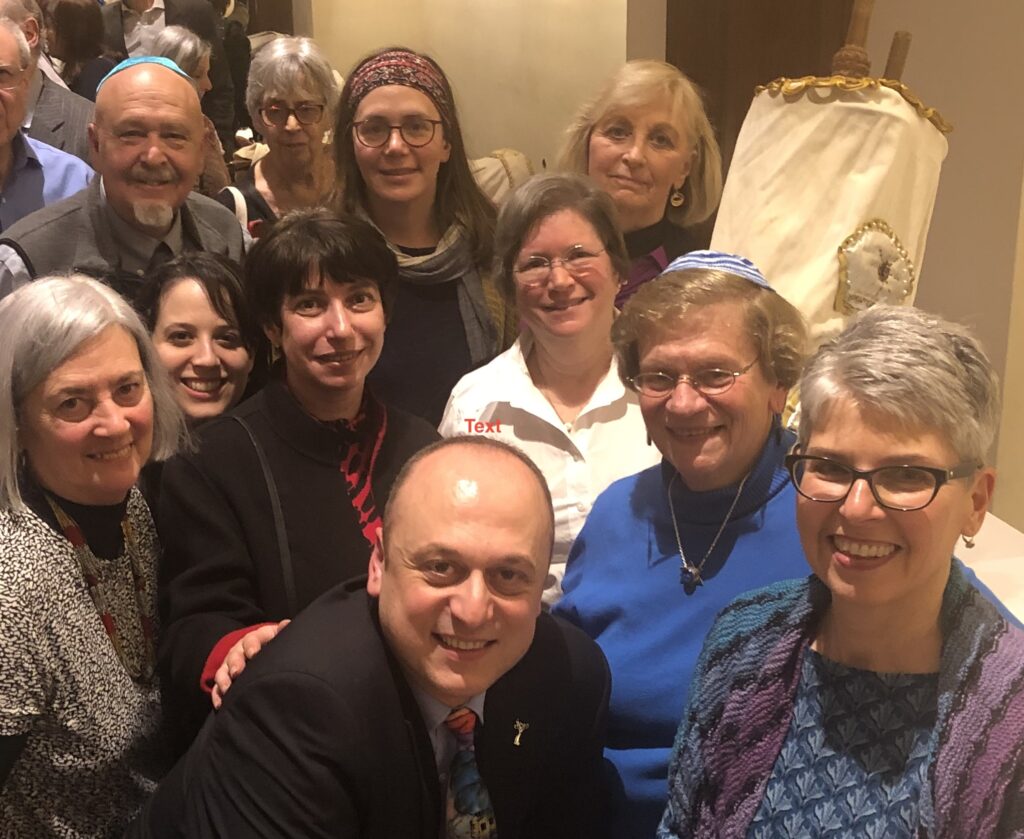
This year the Memorial Scrolls Trust celebrates its 60th anniversary, and there will once again be a gathering of the Torah scrolls in New York on Sunday, April 7th. This time we will return once again but as I carry our scroll in that procession, it will be a scroll that has been restored and is once again used to celebrate Jewish life as children of our community step up to the Torah celebrating becoming B’nei Mitzvah!
This year, as our calendar begins to fill up with learning opportunities, social gathering opportunities and celebrations, may we continue to be inspired by the story of our Torah scroll, by the resilience of the Jewish people, by our desire to live and build and preserve what we cherish.
We will learn with Dr. Liram Koblentz-Stenzler, as part of our Annual Scholar–in–Residence Program on March 20th and 27th, and engage in some challenging and timely topics. We will celebrate Purim (including, once again, a special Adult Purim party), and Passover with our Annual Second Night Seder at Temple Emanuel. We will visit the Beinecke rare books collection, and we will plan an opportunity to ice-skate together. We will march proudly with our newly restored Torah scroll, honoring the difficult past, and look towards the future. We will continue to find strength and joy in each other and in sharing our traditions. Am Israel Chai—the People of Israel Lives!
